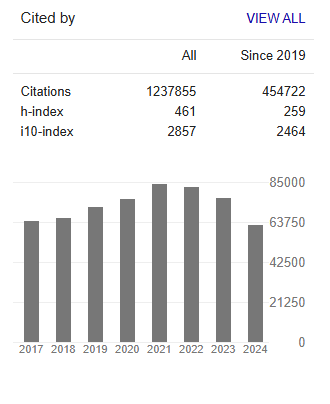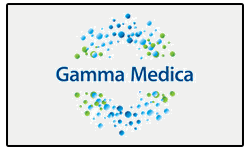Molecular Docking Analyses of Phytochemicals from African Herbal Plants Exhibit Inhibitory Activity against Therapeutic Targets of Sars-COV-2
Abstract
Dogo G. A., Uchechukwu O., Umar U., Madaki A.J and Aguiyi J.C
Viral diseases remain the leading cause of death due to infectious agent globally. Presently, global public health threat of international concern is the severe acute respiratory syndrome coronavirus-2 (SARS-CoV-2), the causative agent of coronavirus disease-2019 (COVID-19) of worldwide prevalence. Plants worldwide including plants of Af- rican ethno-pharmacological relevance are a natural source of abundant and diverse phytochemicals with bioac- tivity against microorganisms including viruses. We selected 13 plants used in African traditional medicine for the treatment of viral diseases to screen for phytochemicals capable of interfering with SARS-CoV-2 therapeutic targets using AutoDocking Vina in silico approach. 25 phytochemicals from these plants that passed the Lipinski rule of drug-likeness were assessed for antiviral activity against three SARS-CoV-2 therapeutic targets, namely: spike glyco- protein, Papain-like protease and 3C-like proteinase. The crystal structure of the viral protein targets were obtained from the protein databank website (https://www.rcsb.org/). The active sites of the target proteins were predicted using SCFBio Server (http://www.scfbio-iitd.res.in/dock/ActiveSite.jsp) from the pdb file as input. The antiviral herbal phy- tochemical compounds were then docked with Papain-like protease, 3C-like proteinase and spike glycoprotein. The Autodocking hit results generated six lead phytochemicals out of the twenty-five (25) phytochemicals obtained from the African traditional herbs with potential anti-SARS-CoV-2 activity. The lead molecules with their binding affinities against Papain-like protease and 3C-Like Proteinase are as follows: Ginsenosides (-9.9), ursolic acid (-9.4), oleano- lic acid (-9.4), cynarine(-8.9), glabridin (-8.5) and cinnamoyl-echinadiol (-8.2). We advocate for further in vitro and in vivo studies to evaluate the activity of these lead compounds with a view to optimized drug intervention against COVID-19 pandemic.




